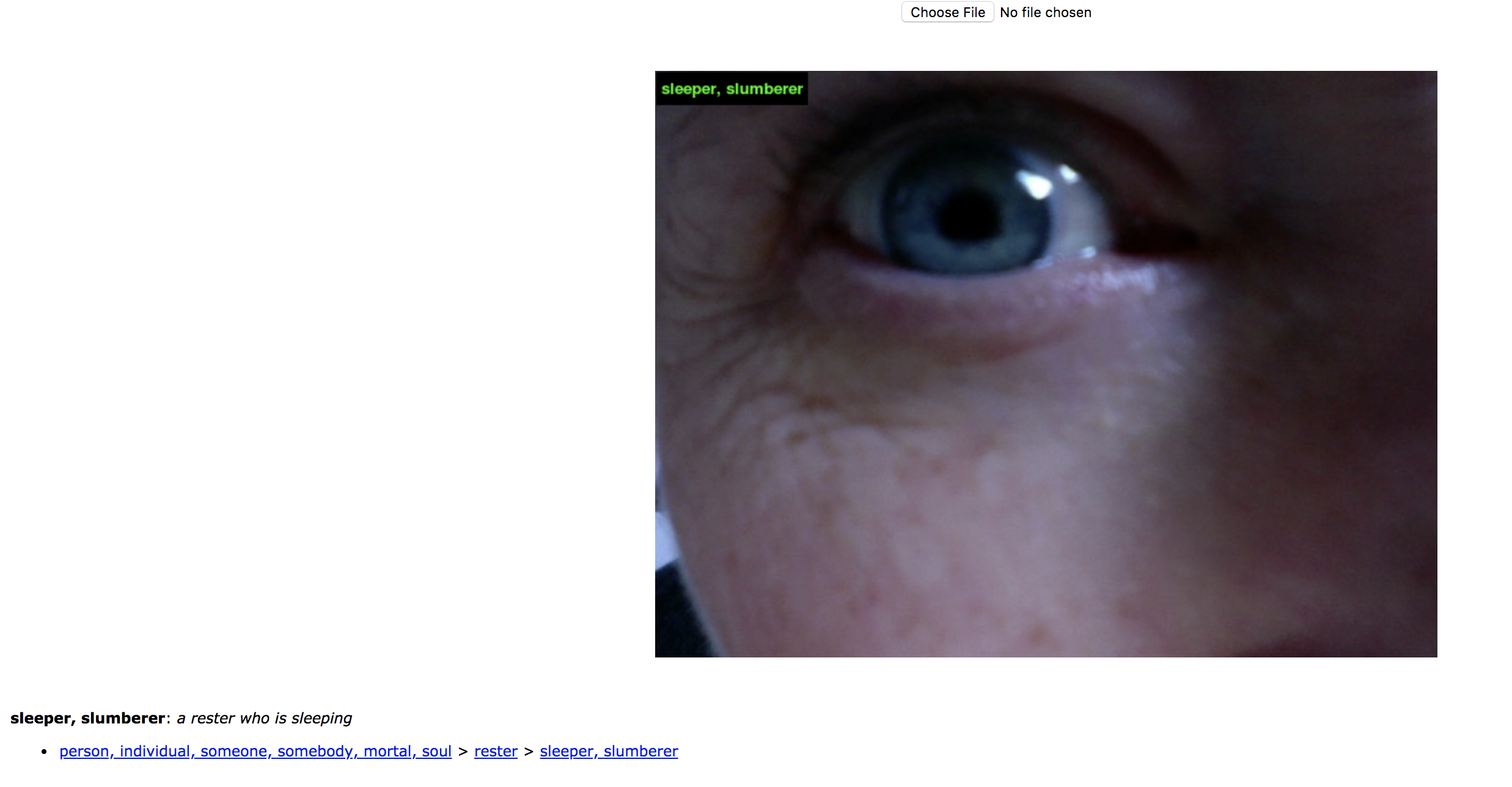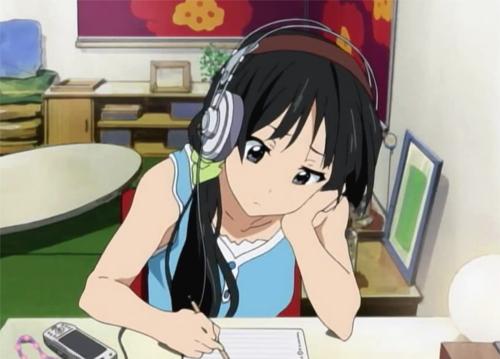Tag: internet
-

-

On moral violence
When we share our writing with others, we are making implicit moral choices and making explicit declarations of who we are as people. I encourage all parents to ask their kids questions about violence in their writing, and then listen to the answers.
-
What are your kids watching?
This one school year, I have had more students referencing violent memes, more students taking part in destructive and deceptive communities, more students writing about violent fantasies. Do you know what your child is watching?
-
The value of the personal touch….online!
I may not be able to bring snacks for my students, but when it’s done right, online learning creates community just as in-person learning does.